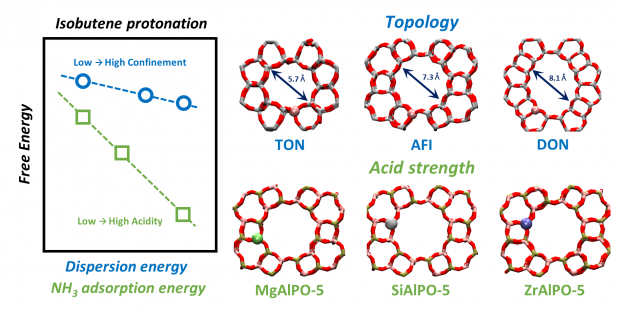Unraveling the mechanisms of Zirconium MOFs based Mixed Matrix Membranes Preventing Polysulfide Shuttling
Abstract
Lithium-sulfur batteries are considered as promising candidates for next-generation energy storage devices for grid applications due to their high theoretical energy density. However, the inevitable shuttle effect of lithium polysulfides and/or dendrite growth of Li metal anodes hinder their commercial viability. Here, the microporous Zr fumarate MOF-801(Zr) was considered to produce thin (~15.6 µm, ~1mg cm2) mixed matrix membranes (MMM) as a novel interlayer for Li-S batteries. It was found that the MOF-801(Zr)/C/PVDF-HFP composite interlayer facilitates Li+ ions diffusion, and anchors polysulfides while promoting their redox conversion effectively. We demonstrated that MOF-801 effectively trapped polysulfides at the cathode side, and confirmed for the first time the nature of the interaction between the adsorbed polysulfides and the host framework, through a combination of solid-state NMR and molecular dynamics simulations. The incorporation of MOF-801(Zr)/C/PVDF-HFP MMM interlayer resulted in a notable enhancement in the initial capacity of Li-S batteries up to 1110 mA h g-1. Moreover, even after 50 cycles, a specific capacity of 880 mA h g-1 was delivered.

